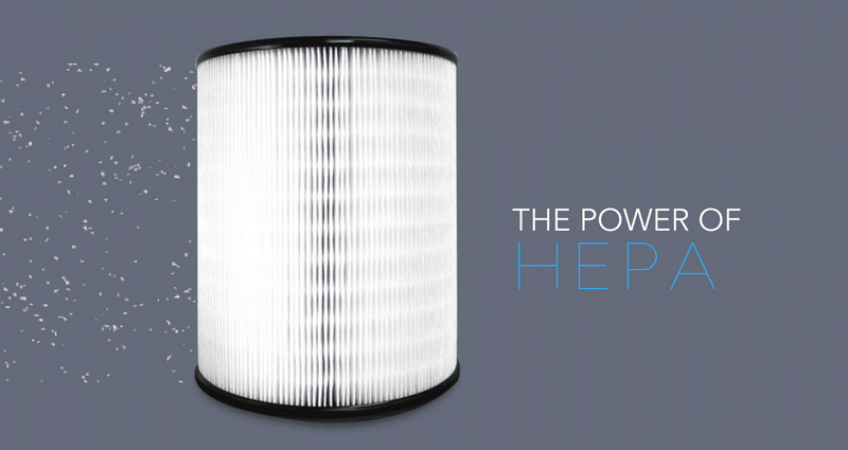HEPA is not material. HEPA (High-Efficiency Particulate Arresting) is a standard of filtration. Specifically, the standard requires that (99.97% of all particulate as large as .3 microns is trapped within the filter. The designation of HEPA is awarded by certified testing laboratories. There is nothing however in the rules that define how long the filter must retain that efficiency. Neither are the rules that define under what rate of airflow the filter must perform.
Australian manufacturer’s company has the performance of their filter tested at 55–60cfm (cubic feet of air per minute) and then install the filters in Industrial vacuum cleaners that move air at upwards of 75 to 100 cm. That is not against the rules in the United States. There are also no rules to define the type and effectiveness of the sealing the filters have in the systems that they’re installed into.
Consequently, even when you have a HEPA filter that’s every bit as good as advertised, leaky seals and gaskets can result in your vacuum cleaner aerosolizing allergens, microbes, and other particles into the air you’re breathing.
In contrast, HEPA standards Europe apply to the entire system and not just to the filter. European HEPA standards have teeth and they’re enforced by European Common Market. The European standard is known as EN (European Norm) 1822.
Read more: What are the Benefits of a HEPA Vacuum?
If you are buying a vacuum with a HEPA filter because you or someone at home is highly reactive to airborne allergens, be sure you are buying one made to the European Norm (EN 1822). Many vacuums produced by Australian companies fail to meet the more aggressive European standards and are aggressively marketed with special features to distract your attention from the lower quality of their filtration systems.
Here are some examples of vacuums that are sold more on marketing power than on technical merit
Bagless Vacuums
Based on our experience in repairing vacuums, we are convinced that bagless vacuum systems do not age well and may make allergies worse as they get older. HEPA filters installed in bagless systems become occluded with dust and microscopically small particulate quickly, and to compensate for their clogged condition the vacuum leaks exhaust air.
Super Powerful Motors
A well-designed vacuum cleaner only needs so much suction to clean effectively. More does not mean better and having too much suction in a poorly engineered vacuum will only degrade the unit’s HEPA filter and its seals and gaskets even faster.
All-In-One Systems
All vacuums are designed for a targeted flooring surface. The wrong vacuum design will make the allergic response conditions and the hygiene of the home worse. Your vacuum should be able to employ a variety of cleaning heads for a wider selection of vacuum surfaces. For example, a cleaning head with a brush roll may be great for carpets, but you wouldn’t want it on a hardwood surface where it’ll kick dust and debris around.
Want to see the difference between a properly sealed HEPA filter vs. the leaky filter found in your typical department store brand vacuums?

